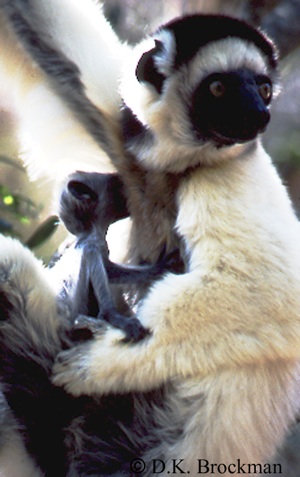Search Biography
This page no longer contains a search form. Quick links to search pages simlar to the old search pages are provided below. Access to all database content is provided through a generic user interface supplied by Adminer.org.
The recommended download choice is via the BIOGRAPHIES view. BIOGRAPHIES contains a column for the mother's AnimId (and another for the mother's BId) whereas BIOGRAPHY has a column only for the mother's BId.
Available data
- Demo data - downloadable .csv files
- BIOGRAPHY
- BIOGRAPHIES (recommended)
- Production data - requires VPN access
- BIOGRAPHY
- BIOGRAPHIES (recommended)

Column Definition for Biography Downloads
- Study/Species: the ID of the study. Because animals in a study are from a single species, the study also identifies the species.
- AnimID: the ID of each animal (typically an abbreviated code), which unambiguously identifies individuals within a study. Animals in different studies might have the same ID.
- BirthGroup and BGQual: the social group into which an animal was born (BirthGroup) and the researcher's confidence ((U)ncertain, (C)ertain, or missing) in this assignment (BGQual).
- Sex: sex of each individual, possible values include (M)ale, (F)emale, and (U)nknown
- MomID: the AnimID of an individual's mother.
- FirstBorn: whether individuals were known to be their mother's first offspring.
- Birthdate, BDMin, BDMax: Birth date, and estimates of the minimum (BDMin) and maximum (BDMax) possible dates in which the birth could have occurred..
- BDDist: distribution of birth date estimates to increase precision. More information can be found in the methid paper.
- N: Normal. the most likely birthdate to be closer to Birthdate than to BDMin or BDMax
- U: Uniform. any birthdate between BDMin and BDMax (including Birthdate) was equally likely.
- Entrydate and Entrytype: the date and type at which individuals entered their respective study populations. Possible Entrytypes include:
- B: birth
- I: immigration
- C: start of confirmed identification of the individual
- O: initiation of close observation
- Departdate and DepartdateError: the last date on which an animal was observed in the study population is the Departdate. DepartdateError reflects the time between Departdate (last date observed) and the first time that an animal was confirmed missing (e.g., when observations resumed and all individuals present could be expected to be re-encountered), and is expressed as a fraction of a year (number of days divided by number of days in a year). It is greater than 0 whenever the number of days between Departdate and retrospective confirmed missing date was more than 15 days. In some studies, members of the study population did not live in cohesive groups, making it difficult to specify an expected lag to re-sighting and a corresponding DepartdateError. In cases when DepartdateError cannot be calculated, its value is missing.
- DepartType: the type of departure of an individual from the population, including:
- D: death
- E: emigration
- P: permanent disappearance
- O: the end of observation, which means that the individual was still present at the most recent census date.